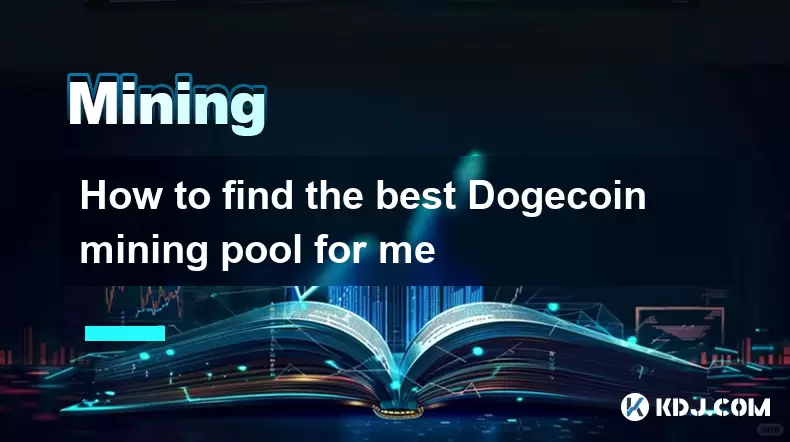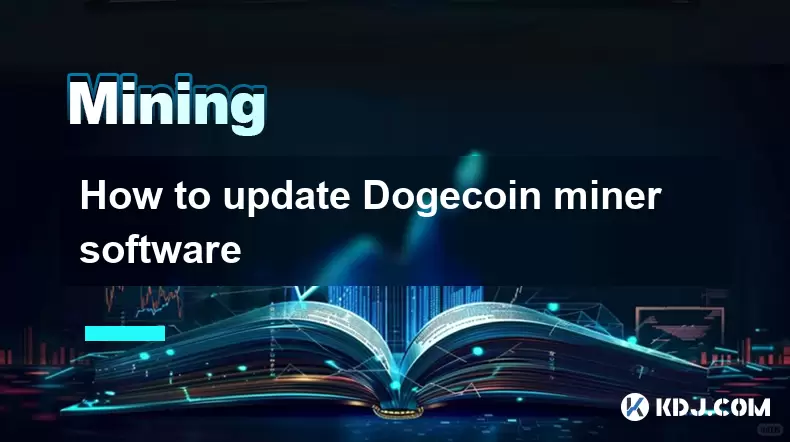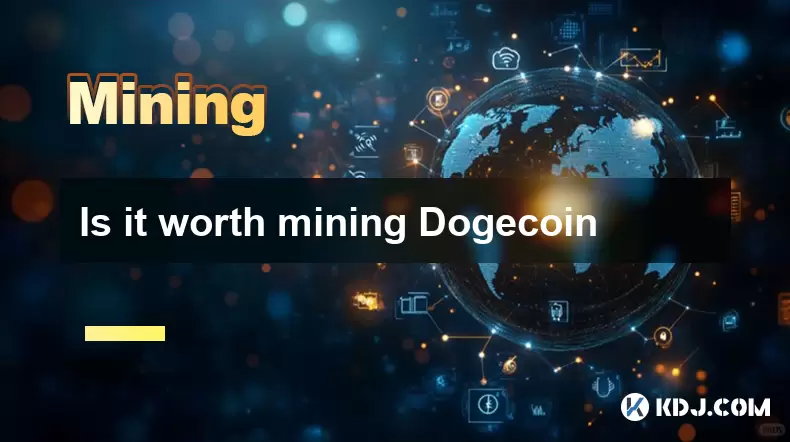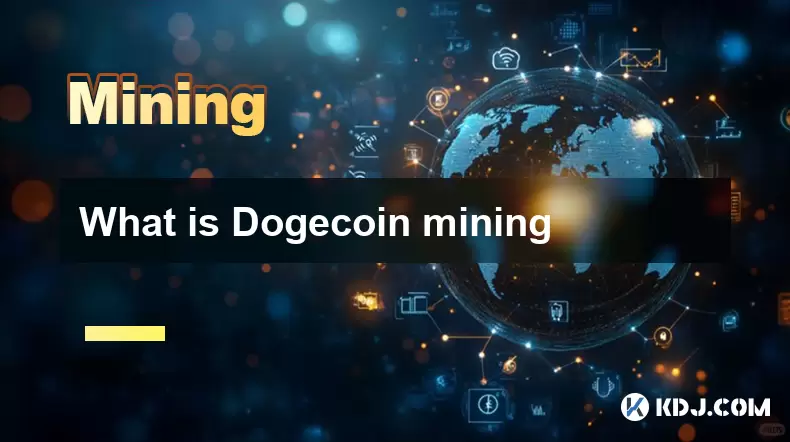-
 Bitcoin
Bitcoin $117,576.6195
-0.21% -
 Ethereum
Ethereum $2,938.5668
-1.35% -
 XRP
XRP $2.7699
4.60% -
 Tether USDt
Tether USDt $1.0003
0.01% -
 BNB
BNB $688.1624
-0.01% -
 Solana
Solana $160.5113
-1.95% -
 USDC
USDC $0.9999
0.01% -
 Dogecoin
Dogecoin $0.1976
-0.70% -
 TRON
TRON $0.3008
1.54% -
 Cardano
Cardano $0.7159
-2.16% -
 Hyperliquid
Hyperliquid $46.2240
2.04% -
 Stellar
Stellar $0.3966
22.03% -
 Sui
Sui $3.3928
-3.11% -
 Chainlink
Chainlink $15.1204
-2.43% -
 Bitcoin Cash
Bitcoin Cash $515.1741
-1.19% -
 Avalanche
Avalanche $20.8130
-0.90% -
 Hedera
Hedera $0.2001
-2.12% -
 UNUS SED LEO
UNUS SED LEO $9.0522
0.72% -
 Shiba Inu
Shiba Inu $0.0...01316
-2.01% -
 Toncoin
Toncoin $2.9843
0.61% -
 Litecoin
Litecoin $92.6745
-2.71% -
 Polkadot
Polkadot $3.9483
-0.06% -
 Monero
Monero $328.5347
1.10% -
 Dai
Dai $0.9998
0.01% -
 Ethena USDe
Ethena USDe $1.0006
-0.01% -
 Uniswap
Uniswap $8.3739
-6.50% -
 Bitget Token
Bitget Token $4.4241
-1.99% -
 Pepe
Pepe $0.0...01222
-3.96% -
 Aave
Aave $300.5203
-3.61% -
 Bittensor
Bittensor $382.2607
-1.92%
Is Ergo (ERG) mining a good alternative to Ethereum?
Ergo (ERG) offers accessible GPU mining with its ASIC-resistant Autolykos algorithm, making it a sustainable and decentralized alternative for miners post-Ethereum Merge.
Jul 12, 2025 at 04:21 pm

Understanding Ergo (ERG) Mining
Ergo (ERG) is a blockchain platform designed with a focus on security, scalability, and sustainability, making it an attractive option for developers and miners alike. Unlike many other blockchains, Ergo emphasizes proof-of-work (PoW) consensus while integrating advanced scripting capabilities similar to Bitcoin's UTXO model. The native cryptocurrency, ERG, is used for transaction fees and as a reward for miners who secure the network.
One of the core attractions of Ergo mining is its ASIC-resistant algorithm, called Autolykos. This ensures that mining remains accessible to individuals using GPU hardware, rather than being dominated by large-scale ASIC operations. For those considering alternatives to Ethereum mining, especially after Ethereum’s shift to proof-of-stake in 2022, Ergo presents a viable decentralized PoW option.
Ethereum Mining Post-Merge: What Changed?
Prior to September 2022, Ethereum operated on a proof-of-work (PoW) consensus mechanism, which allowed users to mine ETH using GPUs. However, following the Ethereum Merge, the network transitioned to proof-of-stake (PoS). This change eliminated mining rewards for validators, replacing them with staking incentives.
As a result, miners were left without a source of income from Ethereum, prompting many to seek alternative PoW-based cryptocurrencies. Some moved to Ethereum Classic (ETC), while others explored newer platforms like Ergo (ERG). Understanding this transition is key to evaluating whether Ergo can serve as a practical replacement for Ethereum mining activities.
Comparing Hardware Requirements and Accessibility
When comparing Ergo mining to Ethereum mining, one of the most important factors is hardware accessibility. Ethereum previously used the Ethash algorithm, which was also GPU-friendly but had begun to see increasing centralization due to specialized hardware developments.
Ergo’s Autolykos v2 algorithm maintains a strong emphasis on GPU mining, ensuring that individuals with consumer-grade graphics cards can participate. This makes Ergo particularly appealing to hobbyists and smaller miners. Additionally, no ASICs or FPGAs dominate the network, preserving decentralization and fairness.
- Ensure your GPU has at least 4GB VRAM
- Use open-source mining software such as TeamRedMiner or lolMiner
- Configure mining settings through batch files or command-line arguments
These steps allow miners to quickly get started without needing expensive or proprietary equipment.
Reward Structure and Profitability Analysis
The block reward for mining Ergo is currently set at 7.5 ERG per block, with additional transaction fees included. Block times average around two minutes, offering relatively consistent reward intervals. Compared to other PoW coins, this structure provides a steady income stream for miners.
Profitability depends on several variables:
- Electricity costs
- Mining pool fees
- Hardware efficiency
- Market price of ERG
Using online calculators such as WhatToMine or NiceHash profitability tools, miners can estimate their returns based on current difficulty and ERG prices. Due to lower competition and no ASIC dominance, Ergo often offers better returns per hash rate compared to more saturated networks.
Setting Up an Ergo Mining Rig
For those ready to begin mining Ergo, setting up a rig involves several crucial steps:
- Choose a reliable GPU (AMD Radeon RX 570 or higher recommended)
- Install a lightweight operating system such as HiveOS or Ubuntu
- Download and configure mining software compatible with Autolykos v2
- Select a mining pool such as ergopool.org or nanopool.org
- Create a wallet address to receive mined ERG
Each step must be carefully followed to ensure smooth operation. Configuring the correct stratum server address, worker name, and wallet address in the miner configuration file is essential for submitting valid shares and receiving payouts.
Network Security and Long-Term Viability
Ergo distinguishes itself with a strong commitment to formal verification and smart contract security. Its Sigma protocols enable complex decentralized finance (DeFi) applications while maintaining privacy and efficiency. This technical foundation enhances the long-term viability of the network and encourages ongoing development.
From a mining perspective, the decentralized nature of Ergo reduces the risk of centralization-related attacks. With no single entity controlling the majority of hashing power, the network remains robust against potential disruptions. This aspect aligns well with the ethos of early cryptocurrency ideals, making Ergo not only a mining opportunity but also a principled choice.
Frequently Asked Questions (FAQ)
Q: Can I mine Ergo using my existing Ethereum mining rig?
Yes, if your rig uses GPUs with at least 4GB VRAM, you can repurpose it for Ergo mining. You will need to update your mining software and adjust configurations accordingly.
Q: Is there a minimum payout threshold when mining in pools?
Most Ergo mining pools have a minimum payout threshold of 1 ERG, though this may vary depending on the specific pool. Always check the pool’s documentation before starting.
Q: Do I need a separate wallet for Ergo mining rewards?
Yes, you should use a dedicated Ergo wallet such as Yoroi or Nautilus Wallet to store your mined ERG securely. Never mine directly to exchange wallets.
Q: How often are blocks found on the Ergo network?
Ergo targets a block time of approximately two minutes, adjusting difficulty dynamically to maintain this interval regardless of network hashrate changes.
Disclaimer:info@kdj.com
The information provided is not trading advice. kdj.com does not assume any responsibility for any investments made based on the information provided in this article. Cryptocurrencies are highly volatile and it is highly recommended that you invest with caution after thorough research!
If you believe that the content used on this website infringes your copyright, please contact us immediately (info@kdj.com) and we will delete it promptly.
- Pi Network: Navigating KYC Delays and the Quest for Rewards
- 2025-07-12 20:50:12
- Bitcoin, Crypto & Bills: A New Yorker's Guide to Paying Up!
- 2025-07-12 20:30:12
- XRP, Solana, and the Altcoin Season Buzz: Are We There Yet?
- 2025-07-12 20:30:12
- Cracking the Code: Passive Income with Crypto & Altcoins in the 2025 Bull Run
- 2025-07-12 18:30:12
- Crypto Bull Run: Meme Coins Like Troller Cat Lead the Charge
- 2025-07-12 18:30:12
- Solana, Meme Coins, and Ethereum: A Bullish Crypto Cocktail?
- 2025-07-12 18:50:12
Related knowledge

How to keep a mining rig cool
Jul 12,2025 at 01:42pm
Understanding the Importance of Cooling in Mining RigsCryptocurrency mining is an intensive process that places heavy demand on hardware components, p...

How to find the best Dogecoin mining pool for me
Jul 12,2025 at 04:14pm
Understanding the Role of a Mining PoolWhen mining Dogecoin, joining a mining pool can significantly increase your chances of earning consistent rewar...

How to update Dogecoin miner software
Jul 12,2025 at 12:36pm
Understanding Dogecoin Mining and the Need for Software UpdatesDogecoin mining involves using specialized software to validate transactions on the Dog...

Overclocking settings for Dogecoin mining
Jul 12,2025 at 12:57pm
Understanding Overclocking in Dogecoin MiningOverclocking refers to the process of increasing the clock rate of a component—typically a GPU or CPU—bey...

Is it worth mining Bitcoincoin
Jul 12,2025 at 04:35pm
Understanding the Basics of Dogecoin MiningDogecoin (DOGE) is a cryptocurrency that was originally created as a joke in 2013 but has since gained sign...

What is Dogecoin mining
Jul 12,2025 at 06:29pm
Understanding the Basics of Dogecoin MiningDogecoin mining refers to the process by which new Dogecoins are introduced into the digital ecosystem. Thi...

How to keep a mining rig cool
Jul 12,2025 at 01:42pm
Understanding the Importance of Cooling in Mining RigsCryptocurrency mining is an intensive process that places heavy demand on hardware components, p...

How to find the best Dogecoin mining pool for me
Jul 12,2025 at 04:14pm
Understanding the Role of a Mining PoolWhen mining Dogecoin, joining a mining pool can significantly increase your chances of earning consistent rewar...

How to update Dogecoin miner software
Jul 12,2025 at 12:36pm
Understanding Dogecoin Mining and the Need for Software UpdatesDogecoin mining involves using specialized software to validate transactions on the Dog...

Overclocking settings for Dogecoin mining
Jul 12,2025 at 12:57pm
Understanding Overclocking in Dogecoin MiningOverclocking refers to the process of increasing the clock rate of a component—typically a GPU or CPU—bey...

Is it worth mining Bitcoincoin
Jul 12,2025 at 04:35pm
Understanding the Basics of Dogecoin MiningDogecoin (DOGE) is a cryptocurrency that was originally created as a joke in 2013 but has since gained sign...

What is Dogecoin mining
Jul 12,2025 at 06:29pm
Understanding the Basics of Dogecoin MiningDogecoin mining refers to the process by which new Dogecoins are introduced into the digital ecosystem. Thi...
See all articles
























































































